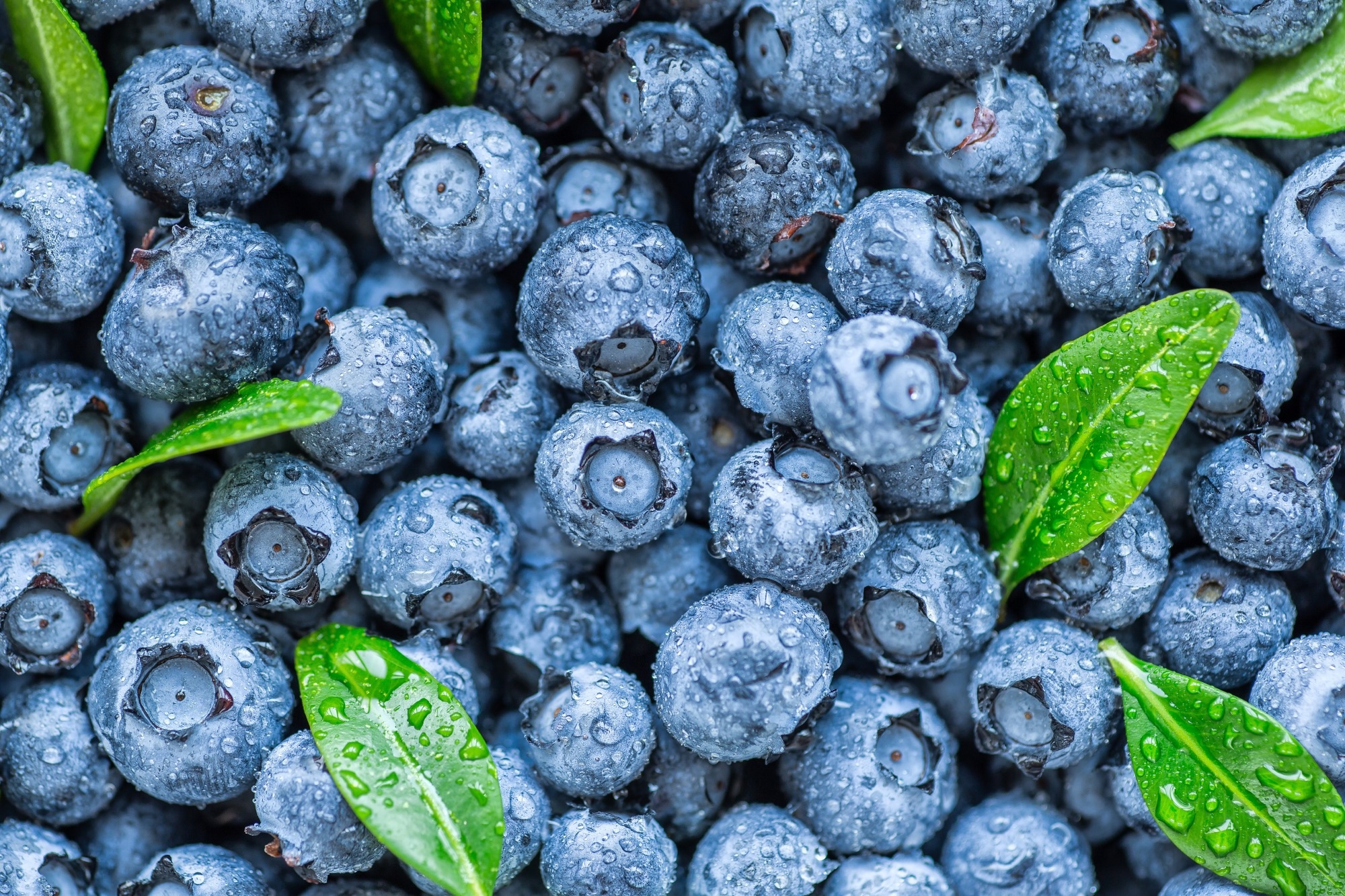In a recent study published in the Antioxidants journal, researchers explored the impacts of precision nutrition on gut microbiome variation.
 Study: Crop, Host, and Gut Microbiome Variation Influence Precision Nutrition: An Example of Blueberries. Image Credit: BukhtaYurii/Shutterstock.com
Study: Crop, Host, and Gut Microbiome Variation Influence Precision Nutrition: An Example of Blueberries. Image Credit: BukhtaYurii/Shutterstock.com
Background
Nutrition research funding is increasingly focused on precision nutrition, which has recently gained significant interest. Consuming fruits and vegetables is linked to a lower risk of developing chronic diseases such as obesity, cardiovascular disease, diabetes, and neurocognitive diseases.
Berry fruits, tea, and cocoa contain (poly)phenolic compounds identified as having potential health benefits among the thousands of phytochemicals studied.
Epidemiological studies have prompted more research investigating the health benefits of blueberries and blueberry-rich foods. Further research is needed to uncover the mechanisms of action behind these health benefits.
About the study
In the present study, researchers showcased the variety of polyphenol profiles found in blueberries, examined the bioavailability of anthocyanins in blueberries with diverse shapes, and explored their impact on the gut microbiome.
Anthocyanin profiles of 267 blueberry genotypes were analyzed at the North Carolina State University Piedmont Research Station in Salisbury, North Carolina. The genotypes included both commercial varieties and breeding selections.
Principal Component Analysis (PCA) was conducted on 17 anthocyanins analyzed in each genotype using a multivariate statistical method. Blueberry genotypes with diverse anthocyanin profiles were chosen based on their distinct profiles from the PCA.
These genotypes were then analyzed to determine their polyphenolic profiles. The bioavailability of flavonoids was further tested in ovariectomized rats, which serve as a model for postmenopausal bone loss in women.
Six genotypes were chosen for the study, including three rabbiteye genotypes (Vaccinium virgatum) including Montgomery, Ira, and Onslow, along with three southern highbush genotypes (V. corybosum) such as Sampson, Legacy, and SHF2B1-21:3.
Plasma was subjected to solid-phase extraction (SPE) to extract flavonols, anthocyanin, and flavan-3-ol metabolites, which were subsequently analyzed.
The impact of blueberries on bone calcium retention was studied in four-month-old female ovariectomized Sprague Dawley rats through microbiome analysis. The team extracted deoxyribonucleic acid (DNA) from fecal samples and sequenced the resulting amplicons.
The study involved 20 rats and 160 fecal samples collected at various stages, including baseline, 10-day blueberry treatments, and washout phases for microbiota analysis.
Results
The anthocyanins identified from plants belonging to the same genotype included cyanidin 3-O-galactoside, cyanidin 3-O-arabiniside, cyanidin 6-O-glucoside, cyanidin 3-O-glucoside, delphinidin 3-O-arabiniside, delphinidin 3-O-galactoside, delphinidin 6-O-glucoside, delphinidin 3-O-glucoside, malvidin 3-O-galactoside, malvidin 3-O-arabiniside, malvidin 3-O-glucoside, malvidin 6-O-galactoside, peonidin 3-O-galactoside, malvidin 6-O-glucoside, petunidin 3-O-glucoside, petunidin 6-O-glucoside, and petunidin 3-O-arabiniside.
The study analyzed six blueberry genotypes and four Vaccinium genus members to determine their total phenolic (TP) content and monomeric anthocyanins.
Results showed that bilberry and the Lowbush Blueberry (LB) composite had higher phenolic as well as total monomeric anthocyanin levels compared to their highbush counterparts.
The total phenolic content was between 1,951 and 4,627 mg/100 g berry, while the total monomeric anthocyanins was between 369 and 1,722 mg/100 g.
About 50% of all phenolics found in blueberries were anthocyanins, the most abundant phenolic class in Vaccinium species. The ten genotypes examined showed significant differences in the levels and proportions of various anthocyanins.
The genotypes of bilberry and LB composite had the highest anthocyanin levels, which is consistent with their higher total phenolic and total monomeric anthocyanin levels.
Bilberries exhibited the most significant amounts of cyanidin and delphinidin species, while the LB composite displayed the highest malvidin and acylated anthocyanin levels. Cranberries had a distinct anthocyanin profile compared to other berries, exhibiting elevated levels of peonidin but reduced levels of malvidin, delphinidin, and petunidin.
The genotypes tested showed varying levels of glycosylation, with the majority having significant arabinoside and galactoside derivative content. Specific genotypes, such as Legacy, Ira, and Sampson, had notably low amounts of glucosidic derivatives. Conversely, other genotypes, including Onslow, wild blueberry (WBB), bilberry, SHF2B1-21:3, and LB composite, exhibited glucosidic derivative amounts that were equal to or greater than that of their arabinoside and galactoside derivatives.
Plasma samples from OVX rats showed the presence of various anthocyanin metabolites such as delphinidin-3-O-glycosides, cyanidin-3-O-glycosides, peonidin-3-O-glycosides, malvidin-3-O-glycosides, and petunidin3-O-glycosides after an acute dose.
Cyanidin-3-O-glycosides and malvidin-3-O-glycosides had higher bioavailability in Montgomery blueberries than other berries.
The study found that blueberry dosage significantly impacted the Firmicutes-to-Bacteroidota ratio, which decreased as the dosage increased. The ratios were highest in samples without blueberry diets and gradually fell in samples with increasing blueberry concentrations.
Additionally, comparisons of diversity in the gut microbiome in each sample exhibited a considerably greater variety among samples having higher blueberry treatments.
Furthermore, the team noted that two taxa from the phylum Actinobacteria, one from the phylum Bacteroidota family Prevotellaceae_UCG-001, and one from the Firmicutes family Anaerovoracaceae XIII_UCG-001 had higher proportions after blueberry treatments.
Conclusion
The study findings showed that the phenolic profiles of blueberries vary depending on their genetic backgrounds, affecting their bioavailability and their polyphenols’ metabolism. The team also found evidence of a response in the gut microbiome to blueberry dose.
The diversity found in crop systems, from growth to consumption to gut microbiome, can be utilized to enhance crop selection, breeding methods, and identification of critical genotypes. This information can aid in understanding functional responses for health and developing precision nutrition practices.
